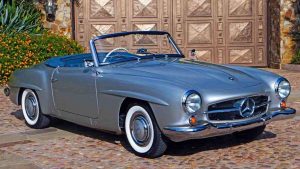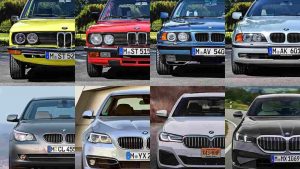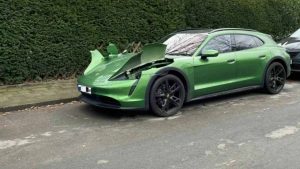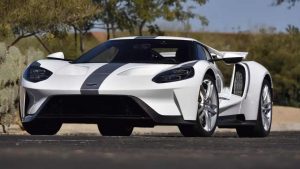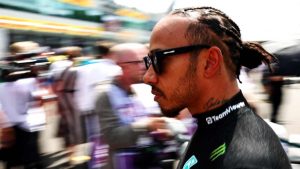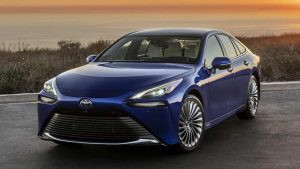Why Kevin Magnussen is struggling with Haas’ cornering quirks: Unveiling the U vs V driving debate!
In the ever-competitive world of Formula 1, the minutiae of driving style can mean the difference between first and tenth place. This season, Kevin Magnussen’s experience highlights this very point.
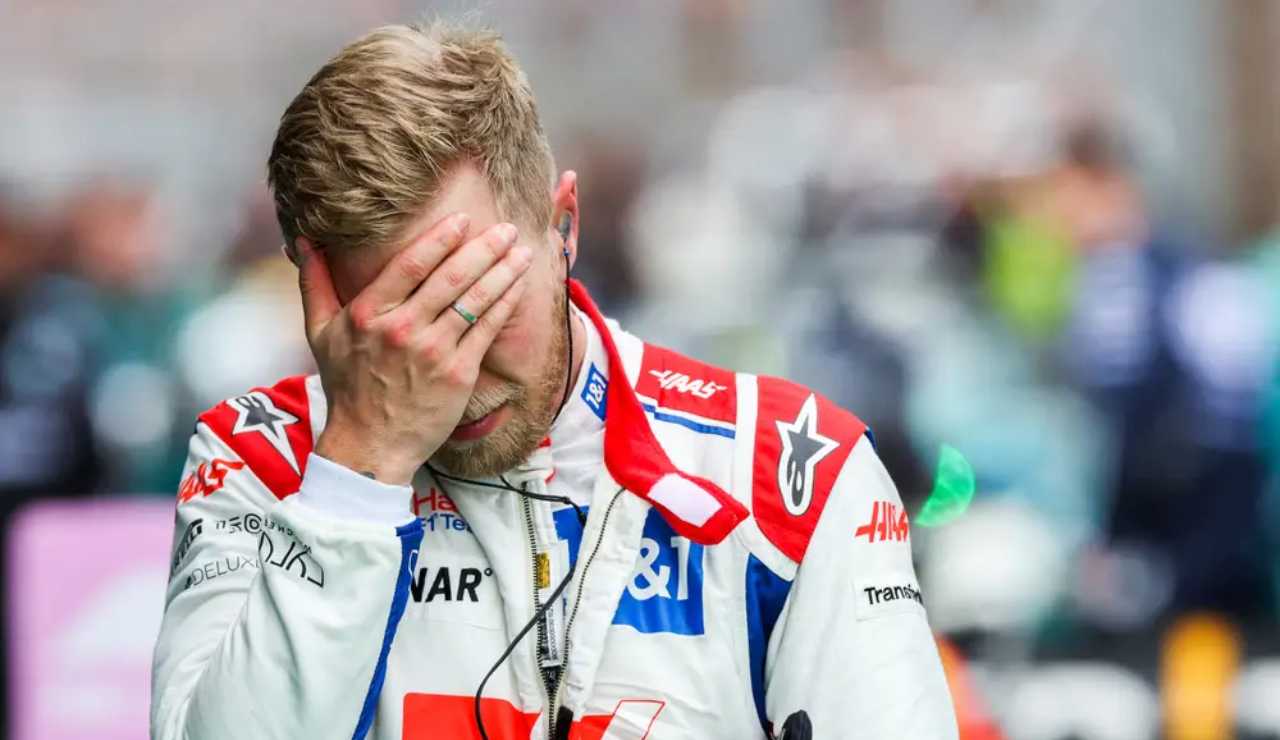
The Danish driver, representing the American-owned Haas team, has been candid about his challenges this year, particularly when compared to his teammate, Nico Hulkenberg. As the Haas team has faced its own set of highs and lows, Magnussen has been introspective, pinpointing a specific factor contributing to his performance issues.
The root of the matter? It lies in how the Haas VF-23 handles corner entries and transitions.
**Understanding the U vs. V Driving Styles**
Magnussen’s personal driving preference is the U-style approach towards corner apexes. This entails taking a smoother, more rounded trajectory during cornering phases, aiding drivers in maintaining higher minimum speeds. To accomplish this effectively, cars need to seamlessly shift from braking into corner turn-ins.
However, the current Haas model falters in this respect. The car becomes unstable when juggling braking and rotational forces simultaneously. Contrarily, the car is more adept with a V-style approach, where drivers brake in a straight line, leading to a sharp turn followed by straightening and acceleration.
This discrepancy poses a significant challenge for Magnussen, a self-proclaimed “U-man”. He remarked, “You can’t really combine Gs so much with these cars… this year’s car on our side is even more vulnerable like that.”
Adapting to a V-style isn’t an overnight task. Magnussen compares this adaptation to golfers adjusting their wrist positioning mid-swing, emphasizing the ingrained nature of such habits.
**Seeking Solutions On and Off the Track**
Rather than completely converting to a V-style driver, Magnussen’s strategy has been to tweak the Haas to better complement his style. He’s made subtle changes that enable him to employ the V-style more naturally, ensuring compatibility with his tested and trusted driving approach. “My style has been working for many years… I think this car, it’s unstable in just the worst part of the corner,” he notes.
Interestingly, Magnussen prefers troubleshooting on the track over simulator-based adjustments. The specifics of the car’s performance would need to be impeccably replicated in simulations to address this nuanced issue.
Haas technical director, Simone Resta, identifies this cornering issue as characteristic of the present generation of ground effect cars, indicating that other teams and drivers, like McLaren’s Lando Norris, have voiced similar concerns.
**In Conclusion**
The U vs. V driving style debate sheds light on the intricate world of F1 racing. As teams and drivers grapple with evolving car technologies, the likes of Kevin Magnussen illuminate the profound impact of individual driving styles on race outcomes. As the season progresses, it will be intriguing to see how Magnussen and the Haas team maneuver these challenges on the racetrack.

